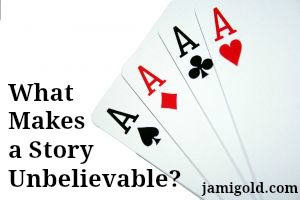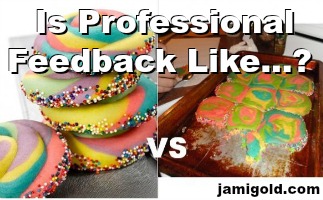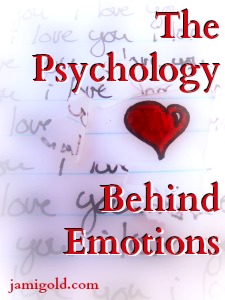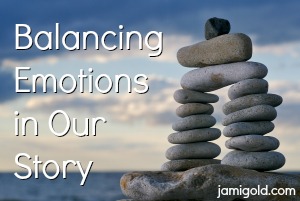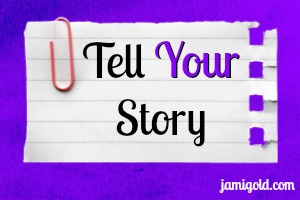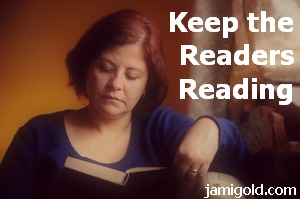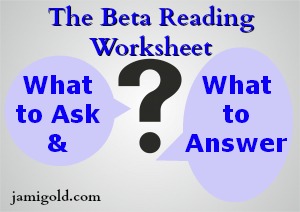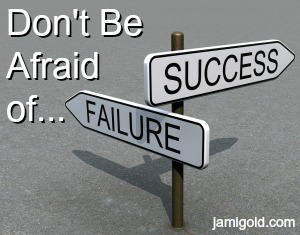Many stories that stick with us over time resonate with some aspect of our life, belief, or worldview. Often, the theme of the story creates that resonance. If we understand what creates a story’s theme, we might be able to improve the resonance of our stories.
Pin It
Read More
As soon as immersion is broken for a reader, their suspension of disbelief is at risk, so we don’t want unbelievable aspects of our story to kick readers out of the story midway. When it comes to believability, issues could crop up within the plot, characters, or worldbuilding, and we have to find the right balance within each of those areas.
Pin It
Read More
Writers pursuing traditional publishing are often told not to pay for editing before submitting to agents or publishers. But the landscape has changed and we’ve had to change our opinion and attitude about many old-school advice “rules.” Should this advice should be next on the chopping block?
Pin It
Read More
We usually want to keep the reader immersed in the story and keep readers’ interest by engaging their emotions. But when we understand the psychology driving emotions, we might be able to make those emotions more realistic or recognize when there’s a disconnect on a character’s emotional journey.
Pin It
Read More
The ability to manipulate our readers’ emotions is a good thing (as screwed up as that sounds). Storytelling and keeping readers’ interest often comes down to creating emotions in our readers. So let’s take a closer look at how we create emotions in our readers and how we find the right balance.
Pin It
Read More
After we complete a first draft, we might want to dig into revising right away because we’re still excited and passionate about the premise. But it’s often better to gain “distance” from our story first. Distance helps us see our story objectively so we can revise ruthlessly, not clinging to our intentions but seeing our story’s potential.
Pin It
Read More
If we’ve ever let beta readers or critique groups give feedback on our stories, we’ve probably run into the issue of receiving conflicting advice. In fact, if we’ve ever let more than one person read our work, we’ve probably received conflicting advice. *smile* One reader may love a character someone else hates. […]
Pin It
Read More
Many articles and infographics have tried to answer the question of what makes readers stop reading. They usually include a list of offenses like typos, too boring, confusing, etc. And those are all true. But a recent post took a more analytical approach to measuring problem areas. Jefferson Smith started […]
Pin It
Read More
When we first start seeking or giving beta reads, we might not know what kind of feedback is possible or appropriate. To help us, here’s a listing of ideas of the many aspects beta readers can use for evaluating a story.
Pin It
Read More
My regular readers know I’m a perfectionist, but I try not to let it hold me back. However, facing various choices and issues in my writing career have forced me to recognize that sometimes I do suffer from a related fear. And that fear does hold me back.
Pin It
Read More


